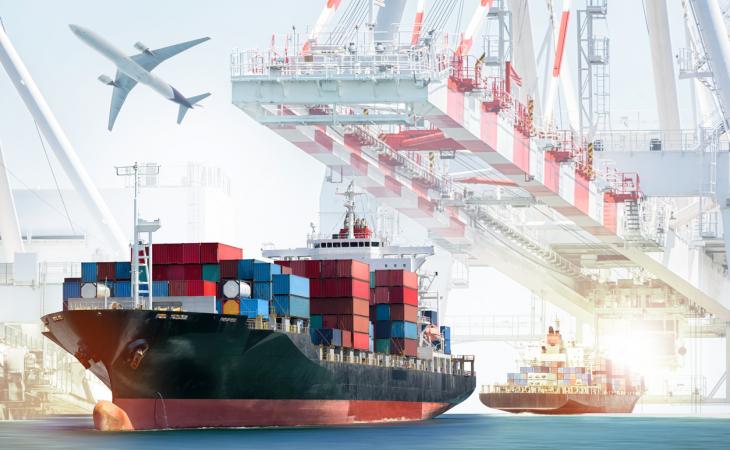This website uses cookies so that we can provide you with the best user experience possible. Cookie information is stored in your browser and performs functions such as recognising you when you return to our website and helping our team to understand which sections of the website you find most interesting and useful.
News
What Is the Border Adjustment Tax?
As President-elect Donald Trump prepares to take the office, the incoming administration has begun meeting with Republican leaders in Congress to outline the GOP’s corporate tax reform plan. At the center of that plan is a little known tax change that’s being hotly debated among economists and policy makers.
The border adjustment tax (BAT) outlined in Speaker Paul Ryan’s proposal would essentially tax imports and rebate, or reward companies for their exports. Proponents argue the new tax system would level the playing field for U.S. manufacturers against international trading partners who subsidize exports in their countries. Most of America’s major trading partners employ a value added tax or VAT, whereas U.S. companies are taxed at 35 percent of worldwide profits. Under the new plan, companies would only be taxed on their U.S. operations.
As Michelle Caruso-Cabrera noted on CNBC, “The change would convert the country’s tax system to a ‘territorial’ system rather than a worldwide tax system, making it similar to what all of America’s major trading partners do.”
Supporters also say the new system would result in raising the value of the dollar, thus increasing purchasing power and making up for the new tax on imports.
Opponents argue the BAT would increase costs for consumers, cut profits for some businesses, and lead to potential retaliation from other countries that would stifle trade across the board.
Richard Woldenberg, Chairman and CEO of A. Daigger & Company, a laboratory supplies and equipment company in Illinois, has written about the potential impact on his company. “The new tax proposal is essentially a tax on the economic profit of a company PLUS a surcharge on imports at the same Federal rate. For our company, we estimate that the new proposed law will cause our Federal rate to go from a hefty 39.6% to a staggering 165%. And this is at the new low, low rate of 25% for “S” Corps.”
The current proposal would eliminate an importer’s ability to file a costs of goods sold (COGS) deduction on their Federal tax return. Woldenberg provides an example of a hypothetical company that imports all of its goods sold under the current tax system and the one being considered by the new administration. In this example SG&A refers to Selling, General and Administrative Expenses.
The math for a hypothetical company:
Current Tax Law:
Revenue: $ 100.00
COGS: ($60.00)
SG&A: ($30.00)
Profit: $10.00
Federal tax: ($3.96) [39.6% rate]
New Law with Border Adjustment Tax:
Revenue: $100.00
COGS: ($60.00)
SG&A: ($30.00)
Profit: $10.00
Add back COGS: $60.00
New Taxable Income: $70.00
Federal tax: ($17.50) [25% rate]
(Courtesy borderadjustmenttax.com)
In Woldenberg’s example the company’s tax on a $10 profit goes from $3.96 to $17.50 under the new tax plan, forcing it to incur a debt of $7.50.
There are a lot of assumptions in that example. And that’s just it, there are a lot of assumptions on both sides of this argument.
A recent study by economic researchers at the University of Maryland showed unemployment could spike at 11 percent under the new tax plan, even with improved exchange rates. The report noted increasing consumer prices as a reason for the dramatic increase. The study was reportedly circulated to reporters by Koch Industries.
There has also been some discussion as to how the World Trade Organization would classify the BAT and whether it would be compatible with WTO rules.
What do you think? Email us at jserrano@vinylinfo.org and let us know how the BAT might impact your business.


